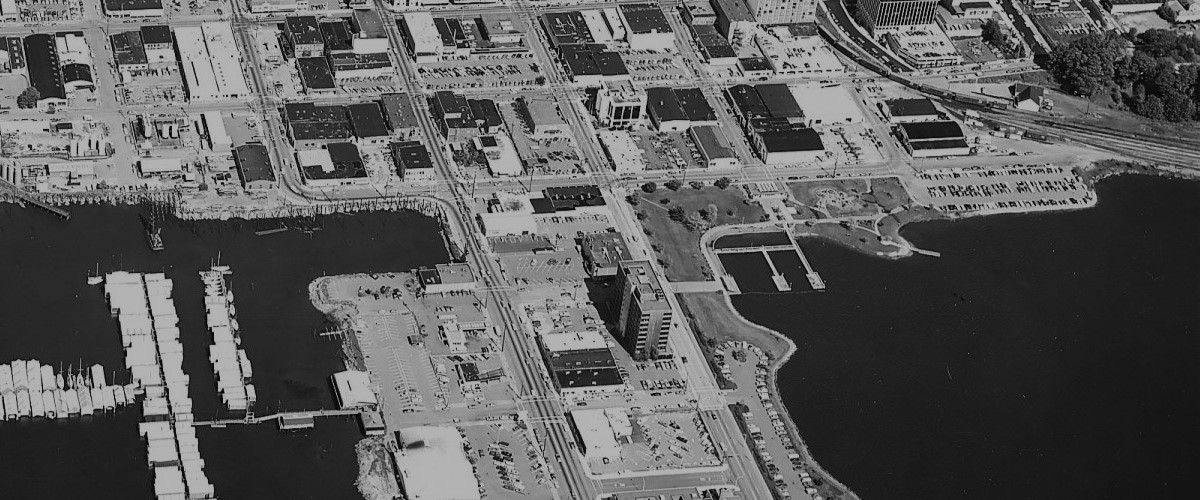This isn’t normally what you come to this blog for. But I wanted to share an essay I have been working on for a few months on youth voting: Implications of Brain Science on Youth Voting There’s tons more context below, but my main point of posting this essay it to get input. So, read…
What statewide partisan identification could mean for 2024 elections and beyond
Washington voters seem increasingly engaged in politics, yet not through stronger party identification. This could spell trouble for Republicans, as it hasn’t translated into significant gains for them. I’ve been tracking party identification data in Washington for years, and the past six years have revealed some intriguing trends. Link to my spreadsheet here Since Washington…
After “turn in your ballot on the last day” rhetoric, late ballots more than tripled and trended Republican
When Joe Kent lost in an extremely close race last year, it followed months of advice from the candidate and others to Republican voters: submit your ballot at the last minute. This advice drew from the candidate’s experience in the August 2022 Primary, where Kent passed his opponent in the days after the first count,…
How to grow our local civic cultures and increase voter turnout: pay for it
Prologue: A bad year and two counties This fall, Washington State saw the worst voter turnout ever. This could be surprising for advocates of Washington’s unique and open system of voting. In Washington, there is a ballot mailed to every registered voter, free-at-point-of-service ballot return, numerous free ballot drop boxes, same day voter registration, and…
School board races were much more interesting, and more confusing, this year (Thurston County election maps 2023)
The school board races in Olympia and North Thurston were a lot more interesting than these races usually are. Oftentimes, it seems, competitive school board races are debates are played under the table. Door-belling and interpersonal connections see to matter more than clearly stated policy position and interest-group endorsements. But, that was before Moms for…
From an interesting kind of map to more typical maps in Thurston County’s general election (Prop 1 and County Commission races)
The maps for this year’s general election cover the range of fairly typical results and one rare kind of result. Prop 1 Proposition 1 won 56 to 44 percent, which is a pretty decisive win in county politics. But it also reconnected parts of the county that aren’t normally voting together. Proposition 1 was mostly…
The (mostly) lack of evidence of the impact of race in Badillo-Diiorio/Scott race in for North Thurston Schools
For me, the most interesting election in the county this year was between a candidate for the North Thurston School district and her opponent, who had endorsed here. In a more perfect world, no one would have voted for Stephanie Scott. She did not campaign and had endorsed Esperanza Badillo-Diiorio weeks before the primary election….
Why Sixty-Five Road?
As roads go, Sixty-Five Road is a short one. On Olympia’s far Westside, it covers the gap between 20th Avenue NW and 14th Avenue NW. If you’ve ever been out to Hansen Elementary or Marshall Middle, that’s the road you’ve been on. It also serves as the western boarder to the Goldcrest Neighborhood and the…
Why did denser neighborhoods vote for the Regional Fire Authority?
Yesterday, the detailed precinct-by-precinct data for the recent April 25 election was released, and a certain trend became evident when I mapped out the results. This exercise serves as an essential reminder that even so-called “blowout” elections can have nuances that are crucial to comprehend if we aim to understand our community. Here are the…
How our history of downzoning is an argument against “local control” in the legislature and has huge impacts on racial discrimination in housing
Eastside Olympia in the midst of large downzone. As the legislature discusses zoning reform that would allow for modest density increases in exclusionary singe family neighborhoods, it is important to focus on the history of so-called “local control.” The ability for local governments to determine their own zoning fate has become the primary argument…
